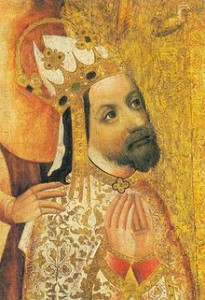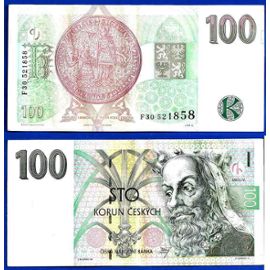Charles IV was one of the first kings who made Prague a significant city, particularly with his interest in art. Moreover, many monuments are still visible in Prague of this visionary king. I was interested to see some steps of his reign.
Who was Charles IV
Charles IV, Holy Roman Emperor, was born in 1416 his parents were John for the Blind King of Bohemia, Count of Luxembourg and his mother Elisabeth of Bohemia, heir by his father Wenceslas II of the Bohemian crown. Charles was baptized Wenceslas but decided to take the name of his uncle, King Charles IV of France. Charles’s parents were often not on good terms, and his father took Charles without consent of his mother and sent him to live with his uncle Charles IV of France in 1323. He spent seven years of his life living with his uncle.
With this cosmopolitan education, the future king of the Holy Roman Empire spoke 5 languages fluently: Latin, German, Czech, French and Italian.
- 1331 when Charles IV was only 15 years old he participated in his first battle in Italy with his father. Between 1331 and 1333, he returned to Prague.
- 1333, he became heir to the throne of Bohemia and even became regent of the kingdom because of the lack of presence of his father.
- 1346, he was elected King of the Romans (rex Romanorum).
- 1347 he was elected King of Bohemia after the death of his father, and at the same time became the Duke of Luxembourg.
- 1353 he left the title of Duke of Luxembourg to his half-brother Wenceslas I of Luxembourg. Also in 1353, Charles IV published his autobiography in Latin. This is the first autobiography of a powerful ruler in Western history since the Emperor Augustus.
- 1355 he was elected Holy Roman Emperor.
- 1356 after his imperial coronation, he went to Metz and codifies the imperial elections remain in force until the dissolution of the Holy Roman Empire in the early nineteenth century. This period was called the Golden Bull.

Charles IV a king of arts and letters
Charles IV participated to the worldwide influence of Prague. He brought artists from all over Europe to the city.
In 1344 he built the St. Vitus Cathedral in Prague.
In 1348 he founded Charles University in Prague, Universita Karlova, who truly took this name in the 19th century. Early university just called the University of Prague. This university is considered the oldest university in Central Europe, it is also considered the oldest German university, as there were already several nationality who came to study.
In 1348 he built the New Town (Nove Mestro), which doubled the size of the city with great places that you probably know:
- The cattle market is the current “Charles Square” Karlovo Namesti not far from the Foreigners.cz office
- The horse market is the current Wenceslas Square
- The hay market has become “the place Senovazne”
- Charles Bridge in 1357

A king always visible
Charles IV during his reign has changed the city of Prague. Charles IV died on 29th of November, 1378, he was buried in St. Vitus Cathedral.

I like walking in Prague and I think that many Kings participated in the beautification of the city. But Charles IV was a visionary, he has evolved Prague but retaining the medieval qualities. To anecdote, he had built the New Town on wetlands because he said the Old town was very dirty. Near the bridge, he erected houses 3 or 4 feet to prevent flooding when the Vltava River overflows its banks, caves you can see near the river banks are made the old ground floor. On money you can still see the heads of Charles on note of 100 crowns.

Do you know others kings who have developed the city of Prague, or rather what is your favorite place in the city?
Personally the feeling and the atmosphere of the Charles Bridge near 9:00 or 10:00 PM when there are fewer tourists is pretty fantastic with a view of the Castle 🙂

Very Good.
numerous shots. After the recording is completed you pair noises and songs to it. You can edit the videos and also include pre-programmed filters and several other results.